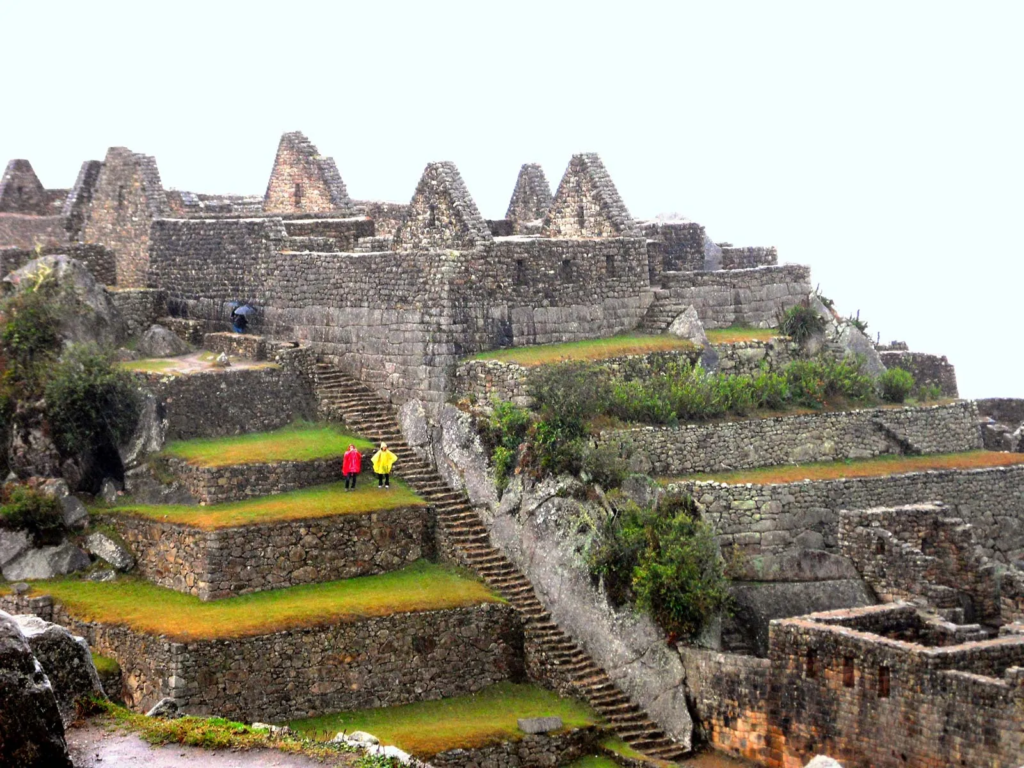The world is a treasure trove of history, culture, and architectural marvels that tell the stories of civilizations long gone. From ancient wonders to modern masterpieces, historical landmarks offer a glimpse into the past and inspire awe in the present. Whether you’re a history enthusiast, a travel lover, or simply someone looking to explore the world’s heritage, these 15 historical landmarks are must-visit destinations. Each site has its own unique story, making it a perfect addition to your travel bucket list. Let’s embark on a journey through time and discover these iconic landmarks that have stood the test of time.
1. The Great Wall of China, China
The Great Wall of China is one of the most iconic historical landmarks in the world. Stretching over 13,000 miles, this ancient fortification was built to protect China from invasions. Its breathtaking views and architectural brilliance make it a UNESCO World Heritage Site and a symbol of human ingenuity.
2. The Pyramids of Giza, Egypt
The Pyramids of Giza are among the oldest and most mysterious structures on Earth. Built as tombs for the pharaohs, these pyramids have fascinated historians and travelers for centuries. The Great Pyramid of Khufu is the last remaining wonder of the ancient world.
3. The Colosseum, Italy
Located in the heart of Rome, the Colosseum is a testament to the grandeur of the Roman Empire. This ancient amphitheater hosted gladiatorial contests and public spectacles. Today, it stands as a symbol of Rome’s rich history and architectural prowess.
4. Machu Picchu, Peru

Nestled high in the Andes Mountains, Machu Picchu is a 15th-century Inca citadel that remains shrouded in mystery. Its stunning terraces, temples, and panoramic views make it one of the most visited historical landmarks in the world.
5. The Taj Mahal, India
The Taj Mahal, a UNESCO World Heritage Site, is a symbol of love and one of the most beautiful buildings in the world. Built by Emperor Shah Jahan in memory of his wife, this white marble mausoleum is a masterpiece of Mughal architecture.
6. The Acropolis, Greece
Perched atop a hill in Athens, the Acropolis is a collection of ancient ruins, including the iconic Parthenon. This site is a testament to the glory of ancient Greece and its contributions to art, philosophy, and democracy.
7. Petra, Jordan
Known as the “Rose City,” Petra is an ancient Nabatean city carved into red sandstone cliffs. Its most famous structure, Al-Khazneh (The Treasury), is a stunning example of rock-cut architecture and a UNESCO World Heritage Site.
8. The Eiffel Tower, France
While not as ancient as other landmarks, the Eiffel Tower is a historical icon of modern engineering. Built for the 1889 World’s Fair, it has become a symbol of Paris and one of the most recognizable structures in the world.
9. Angkor Wat, Cambodia

Angkor Wat is the largest religious monument in the world and a masterpiece of Khmer architecture. Originally built as a Hindu temple, it later became a Buddhist site. Its intricate carvings and grandeur attract millions of visitors annually.
10. Stonehenge, England
Stonehenge, a prehistoric monument in Wiltshire, England, remains one of the world’s greatest mysteries. The purpose of these massive stone circles is still debated, making it a fascinating destination for history buffs.
11. The Statue of Liberty, USA
A gift from France to the United States, the Statue of Liberty is a symbol of freedom and democracy. Located in New York Harbor, this iconic landmark has welcomed millions of immigrants to America.
12. The Alhambra, Spain
The Alhambra is a stunning palace and fortress complex in Granada, Spain. Built during the Moorish rule, it showcases exquisite Islamic architecture and is a testament to Spain’s rich cultural heritage.
13. The Great Sphinx, Egypt
The Great Sphinx of Giza, with the body of a lion and the head of a pharaoh, is one of the most recognizable statues in the world. It stands guard near the Pyramids of Giza, adding to the mystique of ancient Egypt.
14. The Forbidden City, China
Located in Beijing, the Forbidden City was the imperial palace for Chinese emperors for nearly 500 years. Its vast complex of palaces, halls, and courtyards is a masterpiece of traditional Chinese architecture.
15. Christ the Redeemer, Brazil

Perched atop the Corcovado Mountain in Rio de Janeiro, Christ the Redeemer is a symbol of Christianity and one of the New Seven Wonders of the World. Its panoramic views of the city are breathtaking.
Conclusion
These 15 historical landmarks are more than just tourist attractions; they are windows into the past that tell the stories of human achievement, culture, and resilience. Visiting these sites is not only a journey through history but also an opportunity to appreciate the beauty and diversity of our world. Whether you’re exploring the ancient ruins of Machu Picchu or marveling at the modern engineering of the Eiffel Tower, each landmark offers a unique experience that will leave you inspired and in awe.











